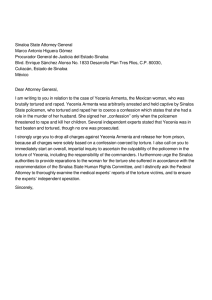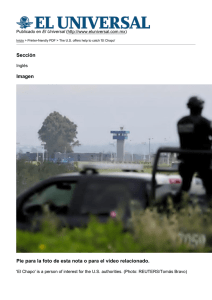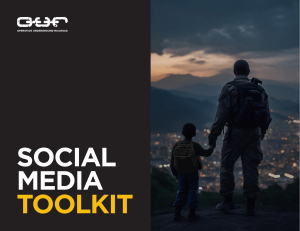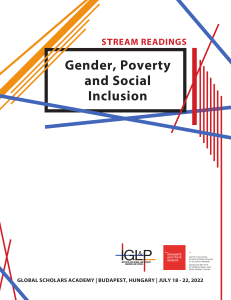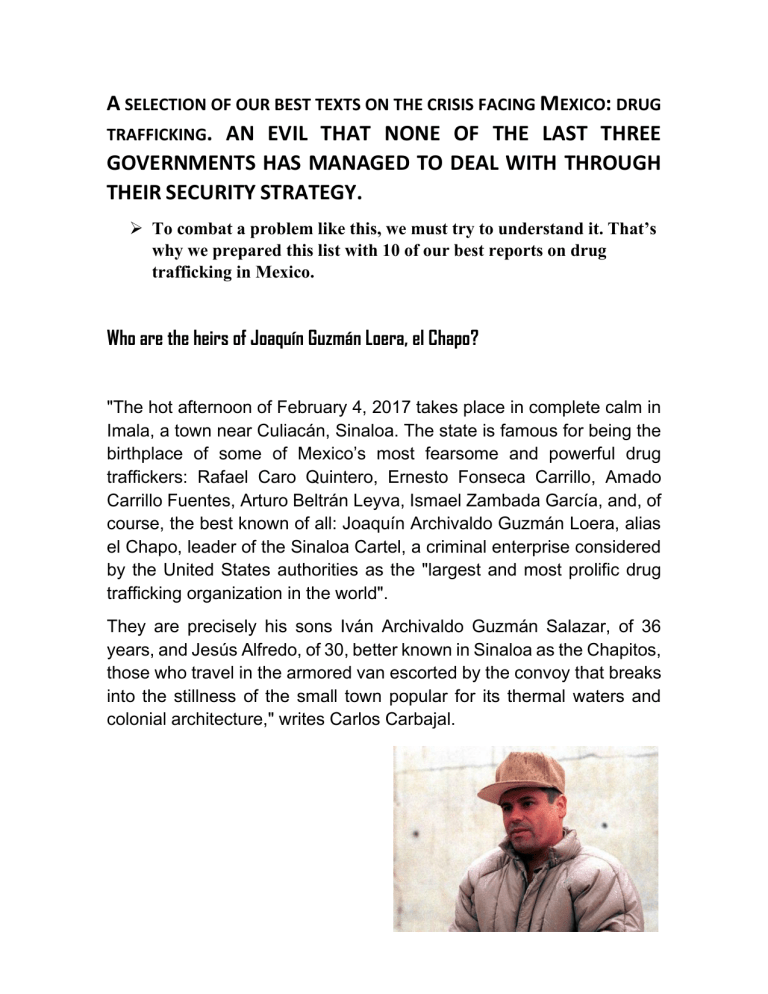
A SELECTION OF OUR BEST TEXTS ON THE CRISIS FACING MEXICO: DRUG TRAFFICKING. AN EVIL THAT NONE OF THE LAST THREE GOVERNMENTS HAS MANAGED TO DEAL WITH THROUGH THEIR SECURITY STRATEGY. ➢ To combat a problem like this, we must try to understand it. That’s why we prepared this list with 10 of our best reports on drug trafficking in Mexico. Who are the heirs of Joaquín Guzmán Loera, el Chapo? "The hot afternoon of February 4, 2017 takes place in complete calm in Imala, a town near Culiacán, Sinaloa. The state is famous for being the birthplace of some of Mexico’s most fearsome and powerful drug traffickers: Rafael Caro Quintero, Ernesto Fonseca Carrillo, Amado Carrillo Fuentes, Arturo Beltrán Leyva, Ismael Zambada García, and, of course, the best known of all: Joaquín Archivaldo Guzmán Loera, alias el Chapo, leader of the Sinaloa Cartel, a criminal enterprise considered by the United States authorities as the "largest and most prolific drug trafficking organization in the world". They are precisely his sons Iván Archivaldo Guzmán Salazar, of 36 years, and Jesús Alfredo, of 30, better known in Sinaloa as the Chapitos, those who travel in the armored van escorted by the convoy that breaks into the stillness of the small town popular for its thermal waters and colonial architecture," writes Carlos Carbajal. INTERVIEW WITH A ZETA CARLOS CARBAJAL, JOURNALIST WHO HAS COVERED THE MOST IMPORTANT WARS OF TODAY, TRAVELS TO THE NORTHEAST OF MEXICO. DURING HIS STAY HE IS TAKEN WITH A ZETA SOLDIER, TO LEARN ASPECTS OF ONE OF THE LEAST DOCUMENTED WARS IN THE WORLD. THIS IS A PART OF THAT UNLIKELY ENCOUNTER. Any truly dedicated reporter, not one of those smug desk reporters, knows what I’ll be referring to next: there is a moment when a fact, a testimony, an important clue appears, and instead of making it known you must wait, stay quiet for tactical reasons. A chronicle is also a strategic game. When you’re chasing a good story, you have to learn to live with a burning silence. When it comes to reporting, I try to be extremely discreet about what I do and where I do it. The journalism I believe in is far from the paraphernalia and official sources. That was one way to get close to the black holes of our reality. The low profile when it comes to doing fieldwork and entering marshy territories has also been my way of surviving.




